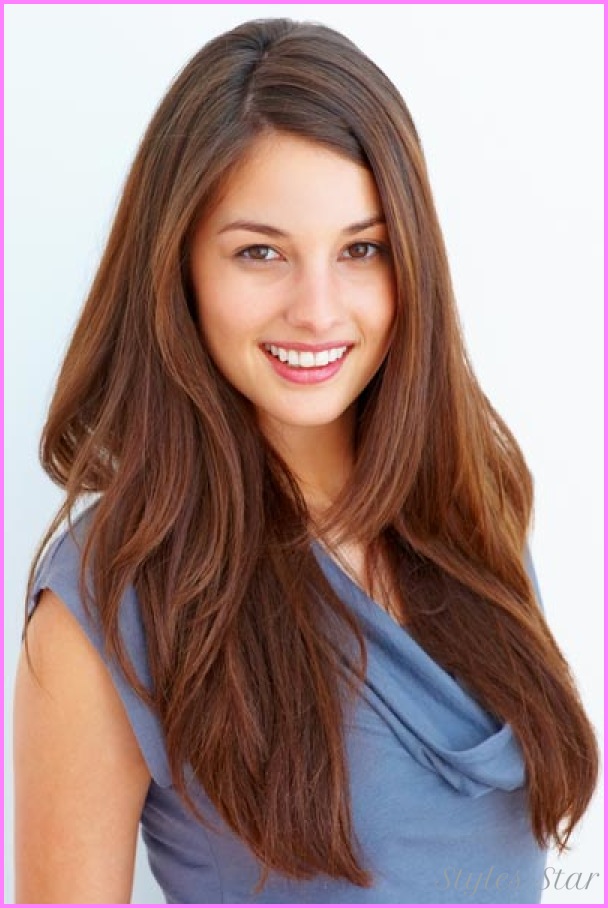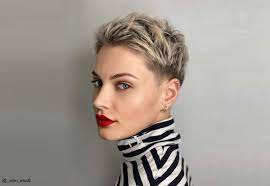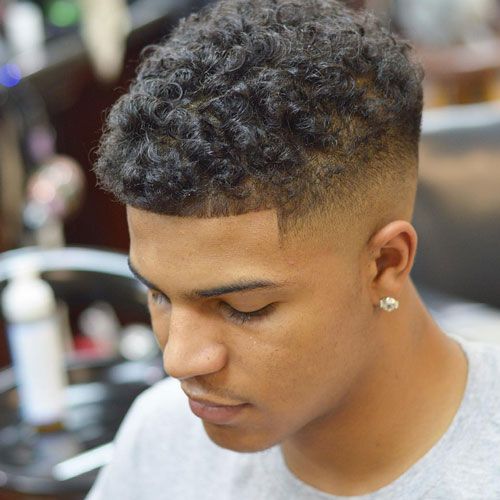
If you have long hair, getting it cut every six to eight weeks is crucial to maintaining its health and taming it – but sometimes scheduling time at the salon isn’t possible. In such instances, DIY cuts may be beneficial.
Don’t worry; with the appropriate tools, you can cut your long hair yourself at home. Here are a few techniques for how to do so.
At-Home Methods
If you’re planning on cutting your hair short, it is wise to consult a professional first. Making the transition from long to short at home can be tricky, and you could end up with an unruly, choppy style if done without consulting first. Allow at least a couple of days for you and your partner to consider whether this decision is something they wish to pursue.
Before beginning, ensure you can easily wash and dry your hair without difficulty, giving you a clear idea of what your new haircut will look like when complete. Once this step has been accomplished, set aside plenty of time and find an optimally lit space to work.
Begin by creating a ponytail at the nape of your neck using a ponytail holder to secure it. Next, create another ponytail holder directly above it, a few inches higher on your head, to complete this step.
Use your first ponytail as your guide and pull some hair up into thin vertical sections, using small pieces from previous sections as references for cutting until you reach your desired length. Bear in mind that cutting less initially rather than more later may help avoid further trimming later, as your locks will naturally shorten with drying time. When satisfied with the length, comb through it to check that all cuts have been evenly blended and evenly distributed.
Layered Cuts
If you’re searching for an elegant way to style long hair, layers may be your solution. Layered cuts add texture, volume, and movement while helping reduce bulk from thicker locks; plus, they work great with curly or wavy locks! Layers can also frame your face more effectively or frame facial features – though be sure to discuss all your styling goals with your stylist; some layered cuts may require more maintenance than others.
One of the most sought-after layered haircuts for long hair is a bob-like cut featuring shorter and longer layers, perfect for those who desire a structured appearance that’s easily managed – pulling it back into a ponytail or bun makes this style particularly suitable. Furthermore, its versatility also makes it great for those with straight locks, as adding curls or waves can add some extra dimension.
Long feathered layer cuts are another fantastic style option that works well on all hair textures and lengths, creating an eye-catching feathered effect similar to what can be found on birds. Perfect for slimming your face down by drawing attention away from cheekbones and making you appear longer, this look draws eyes away from facial features while drawing the focus back toward cheekbones and creating an elongated effect overall.
If you have naturally curly hair, ask your stylist to add choppy layers for a sleeker, lived-in appearance. Choppy layers feature uneven or jagged surfaces and should create an air of untidiness; perfect for those who don’t mind maintenance as it needs trimming every 10-12 weeks – celebrities such as Jennifer Aniston and Billie Eilish often sport this look!
Add subtle layers with balayage highlights for a subdued and stylish layered look. This technique uses hand-painted streaks of lighter hair color to add dimension and depth, giving your locks more depth and dimension while making them appear healthier and fuller. It is ideal for those with dark locks as it helps lighten roots while emphasizing natural ends without dyeing the entire head!
Blunt Cuts
If you prefer straight locks, a blunt cut for long hair can still achieve that sleek and sophisticated aesthetic. This haircut works on all hair types, though it works particularly well on those with straight or slightly wavy locks that naturally move. Face-framing bangs are also a great way to accentuate this cut, while layers add a dimension that works just as well with curly or wavy tresses!
When cutting your hair at home, always use sharp shears and follow a guide when adding layers or shaping strands. After washing and towel drying your locks, create a section in front of your shoulders by combing out and taking a small portion between a pointer finger and the middle finger (as if holding up hair to your scalp while cutting with shears), then hold this section up with another hand while making vertical downward cuts with scissors until your desired length and shape have been reached.
When cutting your hair, it is essential to be mindful of its “weight line.” This area holds the most significant weight on each strand. If you have an extended layered cut and are concerned that your weight line might be too heavy, Penna recommends asking your stylist to thin out this section using thinning shears or another tool. Also, try “point cutting,” which involves cutting into multiple angles at multiple angles to produce a softer, lighter finish that breaks up any “shelf effect.”
Short Cuts
When it comes time to shorten your long hair, you have several choices in front of you. From choosing between a blunt cut, giving a sleek finish, or opting for a layered bob with longer front strands framing your face to experimenting with color (light blonde can add subtle shimmer while offsetting darker roots), consulting a stylist, and testing various colors out to see which works best on you.
Pixie haircuts are another ideal style choice for women with fine hair. Their short strands will frame your face while adding volume and framing the shape of your features. This cut works with most face shapes, and adding highlights can create a unique, seductive look. To add softness to this style, try styling wax or paste to help the strands bounce and move with you as you move.
Shag cuts can give your look a casual, beachy vibe and work great for women with medium to thick hair, whether smooth or texturized. Play with color by adding streaks of your desired hue or even going all-out and dyeing the entire head!
If you’re uncertain if a short haircut would suit your face shape, try performing the “t region” test by placing a pencil under your chin and keeping it parallel to the ground. Next, hold up a ruler perpendicularly against it and check its reading: if it falls under 2.25 inches, consider short hairstyles.
Cutting your hair can be an empowering and liberating experience, boosting confidence. Finding a style that complements your face shape and visual preferences can be challenging; therefore, researching and collecting images of popular short types before diving in headfirst is wise.

